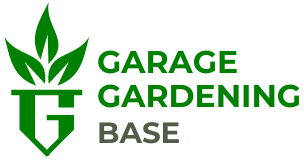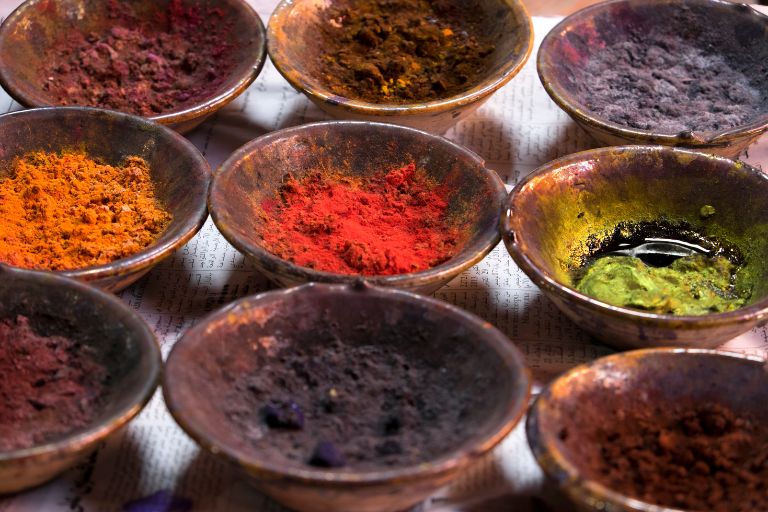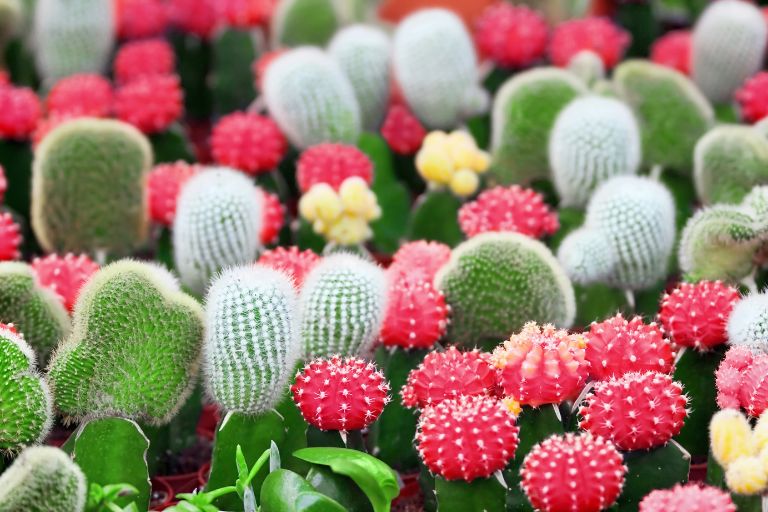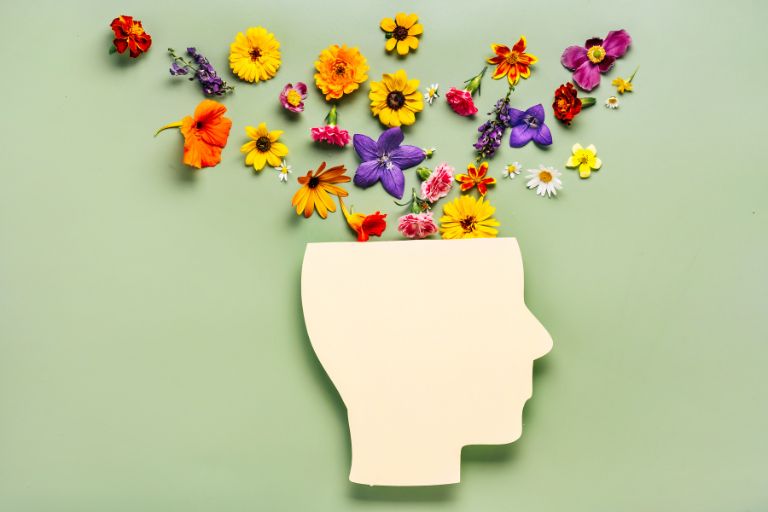Greening Urban Spaces: The Rise of Edible Garage Gardening
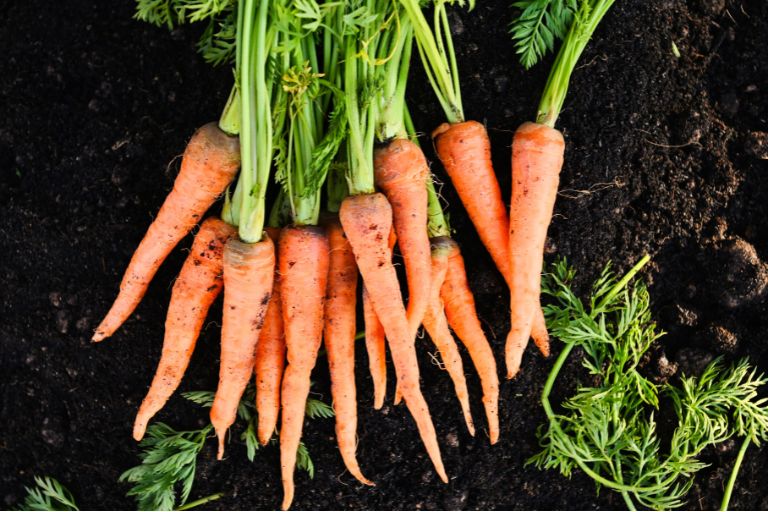
In the bustling landscape of urban life, where space is often a luxury and greenery a rarity, the concept of edible garage gardening is emerging as a beacon of innovation and sustainability. Imagine: amidst rows of concrete structures and asphalt pavements, tucked away in the most unlikely of places, a thriving garden bursting with vibrant vegetables, aromatic herbs and luscious fruits. This is the essence of edible garage gardening – a transformative practice that turns overlooked garage spaces into thriving hubs of urban agriculture.
In recent years, as the importance of reconnecting with nature and promoting sustainability has become increasingly apparent, urban gardening has grown in popularity. But with limited outdoor space and rising property prices, traditional gardening methods face significant challenges in urban environments. Enter edible garage gardening, a novel approach that harnesses the untapped potential of garage spaces to grow an abundance of fresh, homegrown produce right on our doorsteps.
In this article, we embark on a journey to explore the fascinating world of edible garage gardening – its origins, benefits, challenges and practical insights for those intrigued by the prospect of transforming their own garage into a green oasis. From the environmental benefits of reducing carbon footprints to the health benefits of harvesting organic produce, edible garage gardening offers a multitude of rewards for individuals and communities alike. So let’s delve deeper into this innovative practice, unlocking its secrets and unlocking the potential to reimagine urban spaces as thriving centres of sustainable agriculture.
Understanding Edible Garage Gardening
Edible garage gardening is a novel approach to urban agriculture that utilises the often underutilised space within garages to grow a diverse range of edible plants. Unlike traditional gardening methods that rely on large outdoor plots or balconies, edible garage gardening utilises the vertical and horizontal surfaces of garage interiors and exteriors to create thriving green spaces. This innovative practice is characterised by its adaptability to different urban environments, offering a solution to the spatial constraints and environmental challenges that are prevalent in densely populated areas.
At its core, edible garage gardening involves transforming garage spaces – whether attached, detached or even communal car parks – into productive gardens that produce fresh, home-grown produce. This can involve using walls, shelves, racks and even ceilings for vertical gardening, as well as repurposing containers, raised beds or hydroponic systems to grow plants horizontally. By maximising every available inch of space, edible garage gardening demonstrates the ingenuity of making the most of limited resources to grow an abundance of fruit, vegetables, herbs and even ornamental plants.
The potential of garage spaces for urban gardening is vast and varied. Firstly, garages often have characteristics conducive to plant growth, such as abundant natural light, protection from inclement weather and relatively stable temperatures compared to outdoor conditions. These favourable environmental factors create an ideal microclimate for growing a wide range of plant species throughout the year, regardless of seasonal variations or geographical limitations.
In addition, the versatility of garage spaces allows gardening setups to be tailored to individual preferences, plant requirements and available resources. Whether it’s installing vertical shelving for cascading vines, hanging baskets from overhead beams or setting up compact hydroponic systems along the walls, the design possibilities are virtually limitless. This adaptability allows urban gardeners to optimise their garage space for maximum productivity while minimising the need for extensive land or specialised equipment.
Edible garage gardening offers an opportunity to reuse underutilised or neglected areas within the urban landscape, transforming them into vibrant hubs of greenery and biodiversity. In densely populated cities where open green spaces are scarce, garage gardens offer a means of reintroducing nature into the urban fabric, enhancing aesthetic appeal and promoting ecological resilience. By reclaiming asphalt jungles and concrete wastelands as green havens of sustainability, edible garage gardening contributes to the revitalisation of urban environments and the restoration of ecological balance.
Beyond the tangible benefits of food production and environmental stewardship, edible garage gardening fosters a sense of community and connection among urban dwellers. Whether it’s sharing surplus crops with neighbours, exchanging gardening tips and resources, or participating in community gardening initiatives, garage gardens have the potential to bring people together and foster a culture of cooperation and mutual support.
Benefits of Edible Garage Gardening
Environmental Benefits
Reducing the carbon footprint
Edible garage gardening holds great promise for reducing the carbon footprint associated with conventional agricultural practices and food distribution systems. By growing food directly in the urban environment, garage gardens eliminate the need for the extensive transportation and storage networks typically required to move produce from rural farms to urban markets. This localised approach to food production reduces emissions from transport vehicles, including trucks, ships and planes, which contribute to air pollution and greenhouse gas emissions.
Edible Garage Gardening also promotes sustainable gardening practices that minimise reliance on synthetic fertilisers, pesticides and other chemical inputs commonly used in industrial agriculture. By using organic and regenerative gardening techniques such as composting, crop rotation and integrated pest management, garage gardeners can improve soil health, promote natural pest control and conserve water resources. These eco-friendly practices not only reduce the environmental impact of gardening, but also contribute to the overall resilience and health of urban ecosystems.
Promoting biodiversity
In addition to reducing carbon emissions, edible garage gardens play a crucial role in promoting biodiversity in urban landscapes. By cultivating a diverse range of plant species, garage gardens provide habitat and food sources for a variety of pollinators, including bees, butterflies and birds. This biodiversity not only enhances the aesthetic appeal of urban environments, but also supports ecosystem services such as pollination, soil fertility and pest control.
Garage gardens can act as refuges for native plant species, helping to conserve and protect local biodiversity in the face of urbanisation and habitat loss. By incorporating native plants into their garden designs, urban gardeners can create valuable corridors and green spaces that connect fragmented habitats, facilitating wildlife movement and enhancing urban biodiversity.
Health Benefits
Grow fresh, organic produce at home
One of the most compelling aspects of edible garage gardening is the ability to grow fresh, organic produce right at home. Unlike store-bought produce, which can be transported, stored and handled over long distances, home-grown fruits and vegetables are harvested at peak ripeness, preserving their nutritional quality and flavour. This direct-from-garden-to-table approach ensures that people have access to nutritious food that is free from synthetic chemicals and preservatives, promoting overall health and well-being.
In addition, the act of gardening itself offers many physical and mental health benefits. Engaging in gardening activities such as planting, weeding and harvesting provides opportunities for physical exercise, stress reduction and relaxation. Studies have shown that spending time in green spaces and interacting with nature can improve mood, reduce anxiety and depression, and improve overall cognitive function. By incorporating gardening into their daily routines, individuals can reap the therapeutic benefits of connecting with nature while enjoying the nutritional benefits of home-grown produce.
Economics Benefits
Cost savings on food
In addition to the environmental and health benefits, edible garage gardening can lead to significant food cost savings over time. By growing their own fruits, vegetables and herbs, individuals can reduce their reliance on store-bought produce, thereby lowering their grocery bills and food costs. In addition, garage gardens allow individuals to grow high-value crops, such as speciality herbs, heirloom tomatoes and gourmet salad greens, which are often sold at a premium in supermarkets.
Edible garage gardening also offers a practical solution to food insecurity and economic inequality in urban communities. By empowering individuals to produce their own food locally, garage gardens provide a means of supplementing household budgets, particularly for low-income families and individuals facing financial hardship. In this way, garage gardening not only promotes self-sufficiency and resilience, but also addresses broader issues of food access and affordability in urban environments.
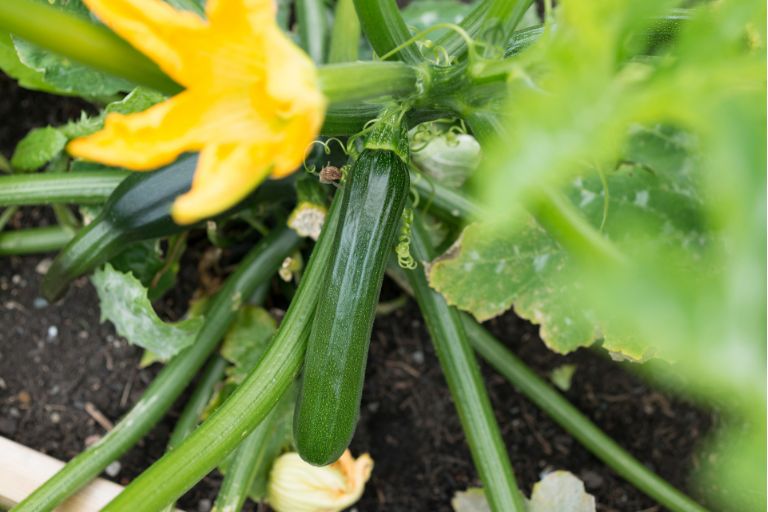
Challenges and Considerations
Limited space
Urban gardeners often face the challenge of limited space when practicing edible garage gardening. Garages typically offer a smaller footprint than traditional gardens, making it difficult to accommodate a wide variety of plants. However, by using creative strategies, gardeners can maximise the space available and optimise productivity.
One solution is to use vertical gardening techniques. Installing shelving or hanging baskets along garage walls allows climbing plants such as cucumbers, beans and peas to be grown without taking up valuable floor space. In addition, choosing compact or dwarf varieties of plants minimises space requirements while still producing a bountiful harvest.
Successive planting also ensures continuous production throughout the growing season. By strategically timing plantings and rotating crops, gardeners can optimise space utilisation and maintain a steady supply of fresh produce.
Sunlight exposure
Limited access to natural sunlight is another common challenge for garage gardeners. Garages often have small windows or obstructed views, resulting in insufficient light for plant growth. However, there are several strategies that can be used to mitigate this problem and ensure optimal sunlight exposure for plants.
Placing containers near windows or skylights maximises natural light. Alternatively, installing supplementary lighting such as fluorescent or LED grow lights will provide additional illumination, particularly in shaded areas of the garage. Reflective surfaces, such as white walls or aluminium foil, can also help redirect and amplify sunlight, enhancing photosynthesis and promoting healthy plant growth.
Soil quality
Poor soil quality is a significant hurdle for garage gardeners, as many garages do not have access to fertile soil. To overcome this challenge, alternative growing methods such as container gardening or hydroponics are often used.
Container gardening allows plants to be grown in lightweight, well-draining containers filled with high-quality potting mix or soilless growing media. Raised bed gardening offers another solution by creating raised planting areas within the garage. Constructing raised beds from untreated wood or recycled materials and filling them with a balanced mix of compost, peat moss and vermiculite promotes healthy root development and optimises soil conditions.
Hydroponic gardening systems are an innovative approach to overcoming soil limitations. By creating hydroponic reservoirs or Nutrient Film Techniques (NFT) systems, plants can grow without soil, instead receiving essential nutrients directly through water solutions. This method ensures optimal nutrient uptake and water efficiency, resulting in robust plant growth and abundant harvests.
Getting Started
Step-by-Step Guide on Planning an Edible Garage Garden
Assess space – Start by assessing the space available in your garage to determine the feasibility of creating an edible garden. Consider factors such as the size and layout of the garage, access to natural light and environmental conditions (e.g. temperature, humidity). Identify areas with optimal sun exposure and adequate ventilation for plant growth.
Select suitable crops – Choose plants that are well suited to the conditions in your garage environment. Choose varieties that thrive in containers or raised beds and can tolerate limited sunlight or fluctuations in temperature. Consider growing a mix of vegetables, herbs and fruits to maximise variety and yield. Research the specific requirements of each crop, including space, light, water and temperature preferences, to ensure successful growing.
Design the layout – Once you have assessed the space and selected suitable crops, create a layout plan for your edible garage garden. Take into account available space, sun exposure and accessibility. Arrange containers or raised beds in a way that maximises sunlight and allows for easy maintenance and harvesting. Consider vertical gardening techniques such as shelving or hanging baskets to optimise space and increase planting capacity. Experiment with different layouts until you find one that suits your needs and maximises productivity.
Tips for Sourcing Materials
Containers – When sourcing containers for your garage garden, prioritize functionality, durability, and suitability for the selected crops. Opt for containers that are lightweight, well-draining, and appropriately sized for the plants you intend to grow. Consider using recycled materials such as plastic buckets, wooden crates, or ceramic pots, or invest in purpose-made gardening containers available at local nurseries or garden centres. Ensure that containers have adequate drainage holes to prevent waterlogging and root rot.
Soil – Choose a high-quality potting mix or soilless growing medium for your garage garden. Look for soil blends that have been formulated specifically for container gardening and have good drainage and aeration properties. Alternatively, consider mixing your own soil with compost, peat moss, perlite and vermiculite to create a nutrient-rich growing medium. Avoid using garden soil from outside as it may contain pests, diseases or contaminants that could harm your plants.
Seeds and seedlings – Purchase seeds and seedlings from reputable suppliers or nurseries to ensure quality and viability. Choose varieties that are well suited to your climate and growing conditions. Consider starting seeds indoors or buying young seedlings to give your garage garden a head start. Look for heirloom or organic seeds to support biodiversity and sustainable practices. Keep an eye out for local seed swaps, community gardens or online seed exchanges where you can purchase a variety of seeds at minimal cost.
Additional materials – In addition to containers, soil and seeds, consider purchasing other essential gardening materials such as fertiliser, compost, mulch, watering cans or hoses, gardening tools (e.g. trowels, pruners, hand cultivators) and pest control solutions. Look for environmentally friendly and sustainable options wherever possible, such as organic fertiliser, compost teas and natural insect repellents. Explore DIY or upcycling projects to repurpose household items into functional gardening tools or accessories, reducing waste and saving money.
Maintenance and Care
Essential maintenance tasks
Watering – Regular and consistent watering is essential for the health and vitality of your garage garden. Monitor soil moisture levels closely, as containers and raised beds in garage environments can dry out more quickly than traditional garden beds. Water plants thoroughly, making sure the soil is evenly moist but not soggy. Avoid overwatering as this can lead to root rot and other moisture-related problems. Consider using a drip irrigation system or self-watering containers to maintain consistent moisture levels and minimise water waste.
Fertilise – Provide your plants with nutrients through regular fertilization to support healthy growth and bountiful harvests. Choose organic or slow-release fertilizers to promote long-term soil fertility and minimise environmental impact. Follow the recommended rates and frequency for each type of fertiliser, taking into account the specific needs of your plants. Consider adding compost or compost tea to enrich the soil with beneficial micro-organisms and organic matter. Take care not to over-fertilise, as excess nutrients can harm plants and contribute to nutrient run-off.
Pest control – Regularly inspect your garage garden for signs of pests and diseases, as indoor environments can be more susceptible to infestation. Inspect plants for symptoms such as yellowing leaves, holes or wilting, which may indicate pest damage. Use integrated pest management (IPM) techniques to control pests effectively while minimising the use of chemical pesticides. This can include picking pests by hand, using insecticidal soaps or neem oil sprays, and introducing natural predators such as ladybugs or beneficial nematodes. Rotate crops, practice good hygiene and maintain plant health to prevent pest and disease outbreaks.
Strategies to maximise productivity and extend the growing season
Maximise productivity – To maximise the productivity of your garage garden, use companion planting techniques to create mutually beneficial plant combinations that enhance growth and deter pests. For example, planting aromatic herbs such as basil or mint next to vegetables can help repel pests and attract beneficial pollinators. Use vertical gardening techniques such as trellising or stacking to make efficient use of space and increase planting capacity. Use succession planting to ensure a continuous crop throughout the growing season, staggering the planting of fast-maturing crops to fill in the gaps left by harvested plants.
Extend the growing season – Extend the growing season of your garage garden by creating microclimates and providing supplemental heat and light as needed. Place plants near south-facing windows or use grow lights to provide extra heat and light during cooler months. Consider insulating garage walls or using portable heaters to maintain optimal temperatures for plant growth. Experiment with season-extending techniques such as row covers, cold frames or mini greenhouses to protect plants from frost and extend harvests into late autumn or early spring. Choose cold-hardy crops that can tolerate cooler temperatures and continue to produce well into the colder months.
Maintaining an edible garage garden requires dedication, patience and a thoughtful approach to plant care. By prioritising essential maintenance tasks such as watering, fertilising and pest control, gardeners can ensure the health and vitality of their plants while minimising the risk of problems such as drought stress, nutrient deficiencies and pest infestations. By implementing strategies to maximise productivity, such as companion planting, vertical gardening and succession planting, gardeners can make the most of limited space and resources, resulting in bountiful harvests throughout the year.
In addition, extending the growing season by creating micro-climates and using season-extending techniques allows gardeners to enjoy fresh produce beyond the typical growing season, providing a sustainable source of home-grown goodness throughout the year. Garage gardeners can cultivate thriving, productive gardens that contribute to the health and well-being of individuals and communities by adopting these care practices and strategies.
Ultimately, edible garage gardening offers a rewarding and sustainable way to reconnect with nature, promote self-sufficiency and foster resilience in urban environments. Whether you’re a skilled gardener or a beginner, the journey of cultivating your edible garage garden will be full of learning opportunities, moments of joy and the satisfaction of knowing you’re making the world a greener, healthier place, right in your home. So roll up your sleeves, dig in and let the magic of gardening transform your garage into a thriving oasis.
